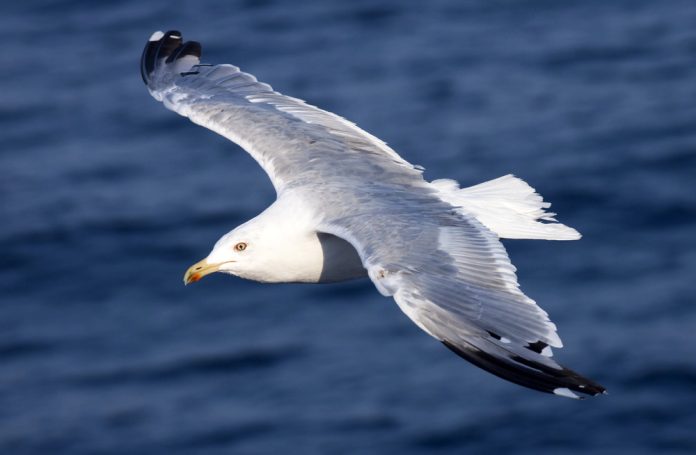
Feathers from dinosaurs and ancient birds found in the fossil record have provided groundbreaking insights into the evolution of flight, challenging long-held perceptions about the protein composition and developmental pathways of these once-majestic creatures.
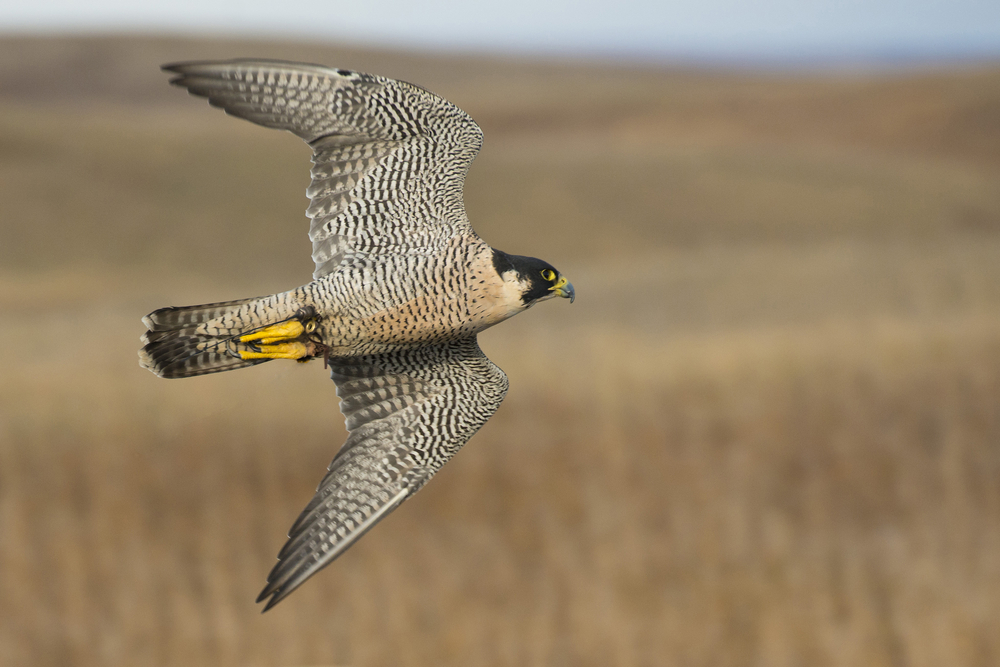
New research suggests that the building blocks essential for flight in modern birds were present over a hundred million years ago.

A recent study, published in the journal Nature Ecology and Evolution, has turned the paleontological community’s understanding of feather evolution on its head.
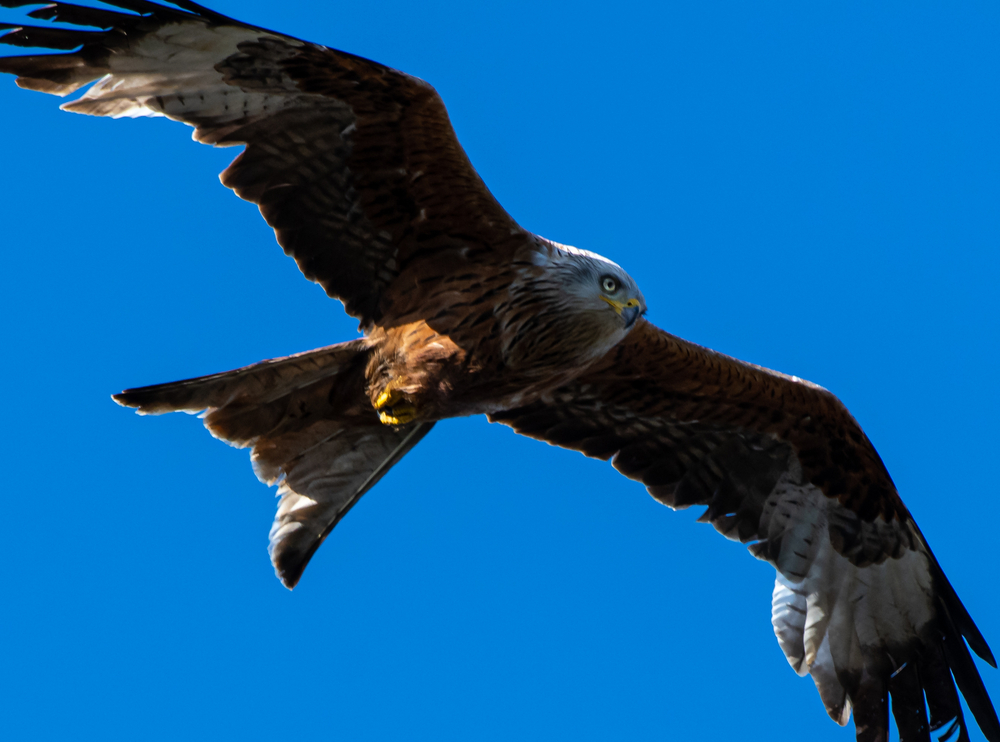
Using advanced X-ray and infrared light analyses, scientists have detected traces of corneous beta-proteins (CBPs), vital for the strength required in flight feathers, in fossils of a nonavian dinosaur named Sinornithosaurus and an early bird known as Confuciusornis.
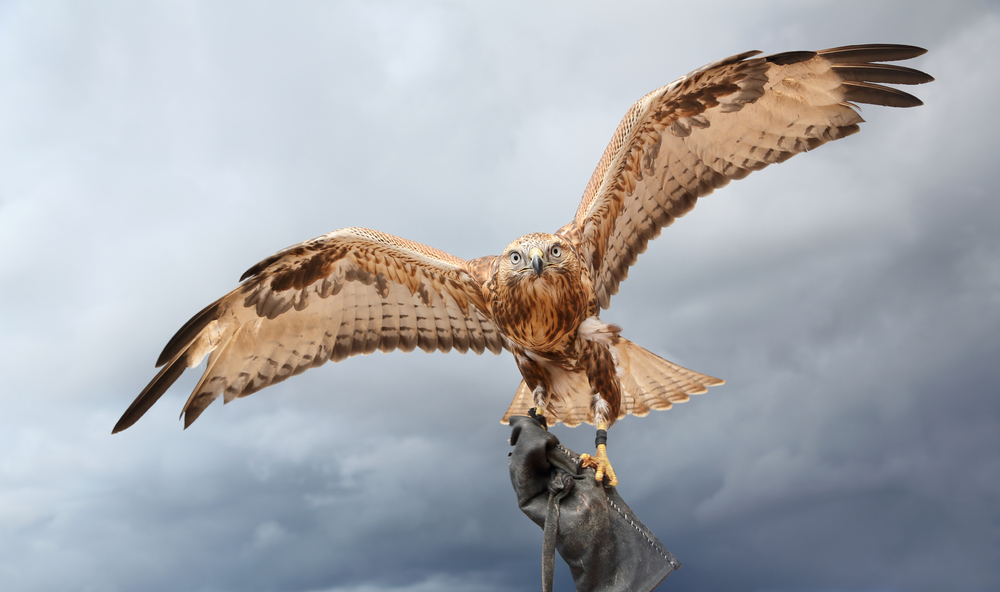
Lead study author Tiffany Slater, a postdoctoral researcher, remarked on the significance of these findings: “The chemistry of modern-day feathers is a lot more ancient than we previously thought.
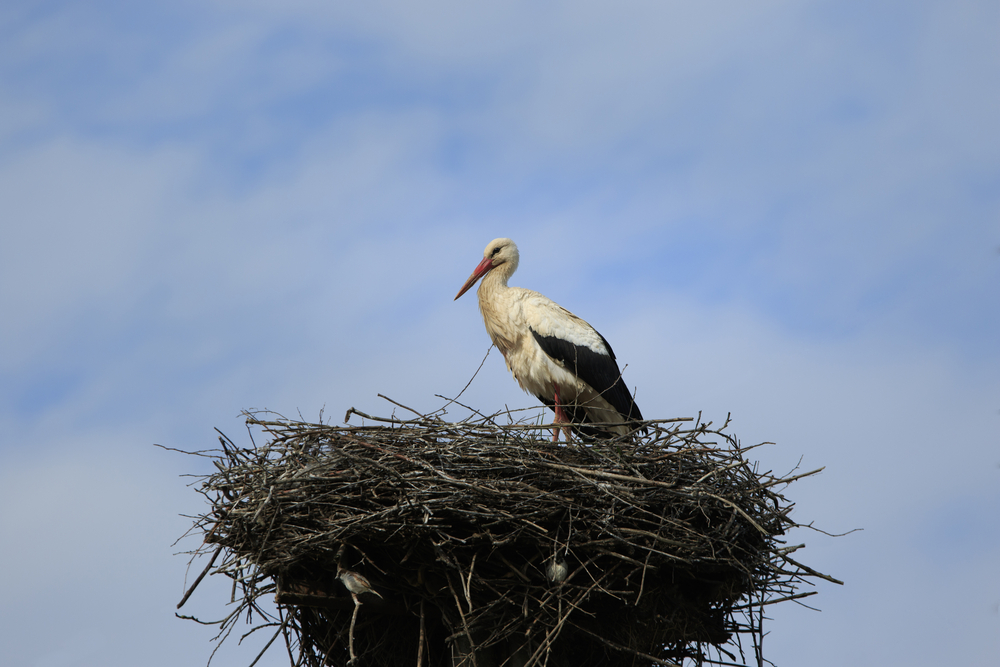
Our research helps rewrite the narrative and shows that the very basic building blocks that are required for powered flight were present at least 125 million years ago.”
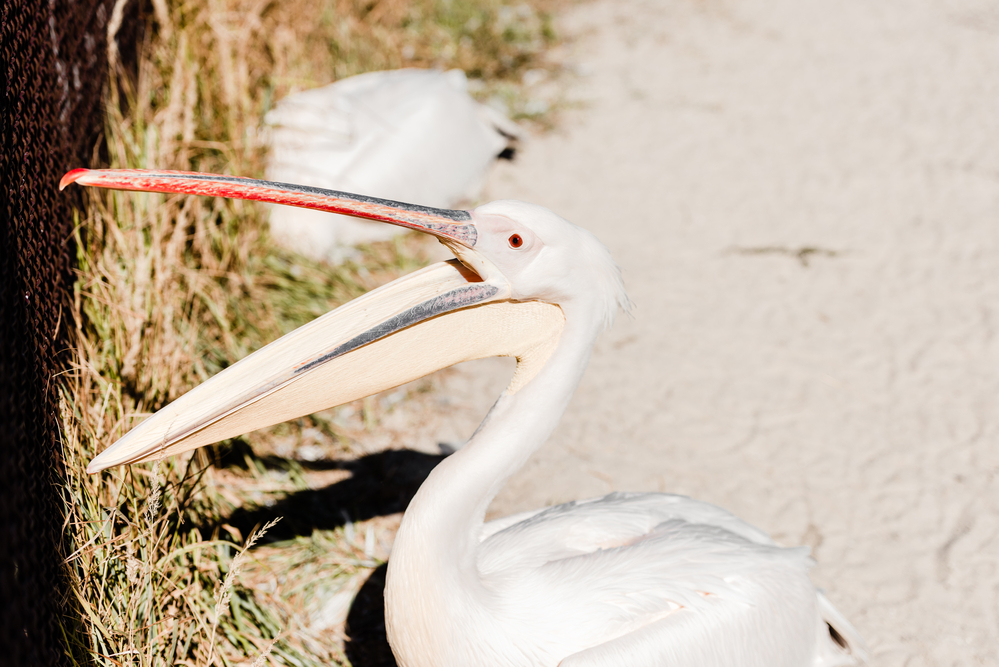
Previously, scientists had thought ancient animal feathers were primarily composed of alpha proteins, a weaker counterpart to CBPs.
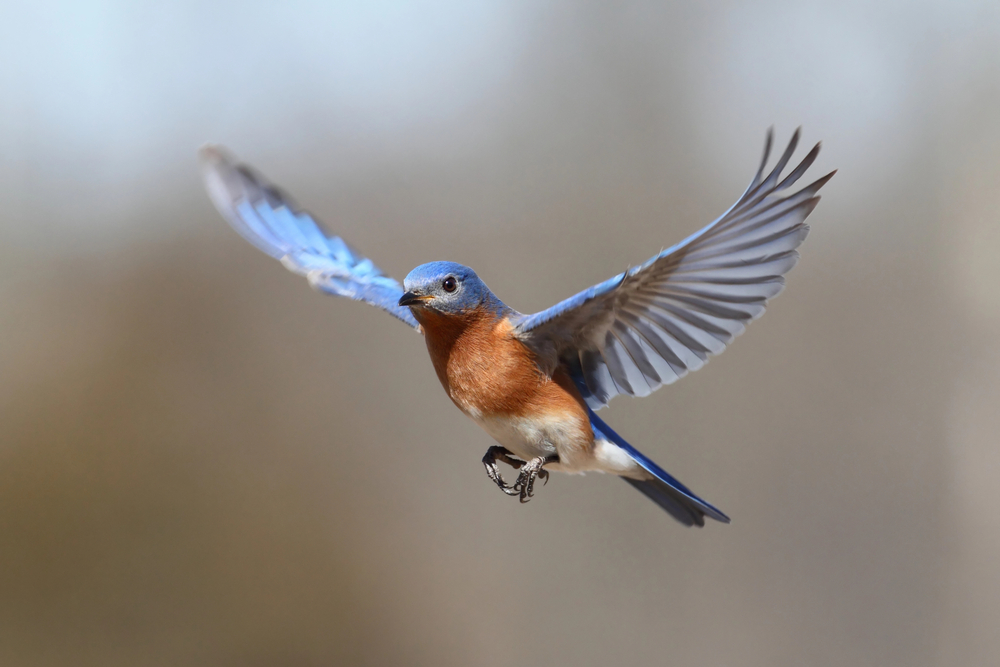
However, this notion has been dismissed as an artifact of fossilization, according to Slater: “The dinosaur feathers we analyzed show that they mostly consist of beta proteins.”

Moving from scales to feathers, dinosaurs underwent a remarkable transformation. An evolutionary link between birds and dinosaurs, Archaeopteryx, once stood alone as the half-bird, half-dinosaur.
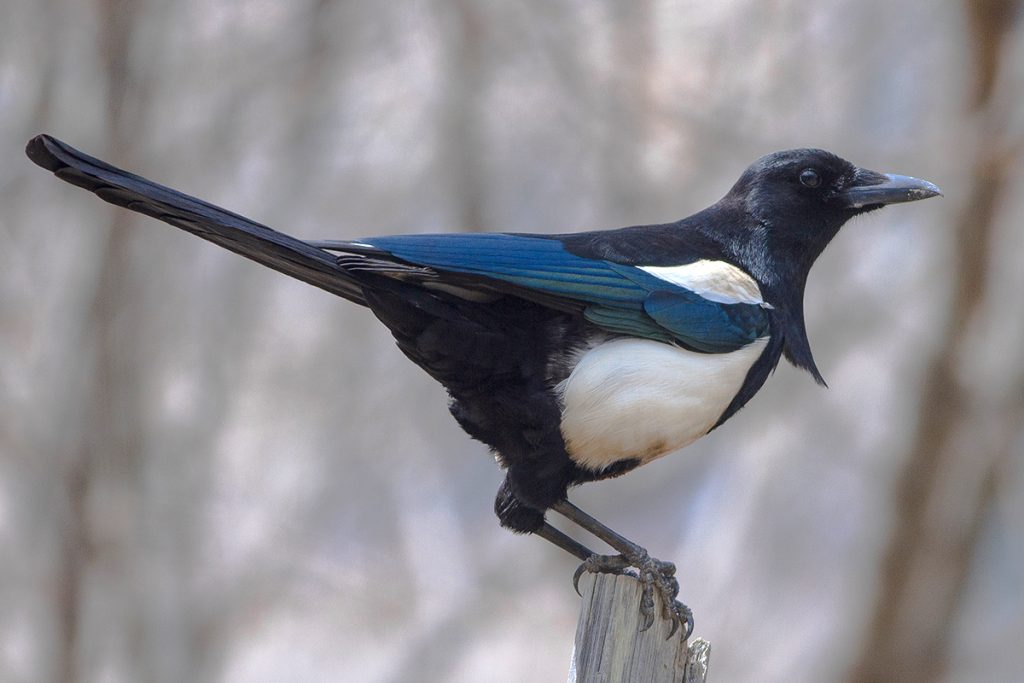
Michael Benton, a paleontologist, suggests that “Archaeopteryx seemed to emerge fully fledged with the characteristics of modern birds,” but recent discoveries indicate that avian traits evolved incrementally over a longer timescale.
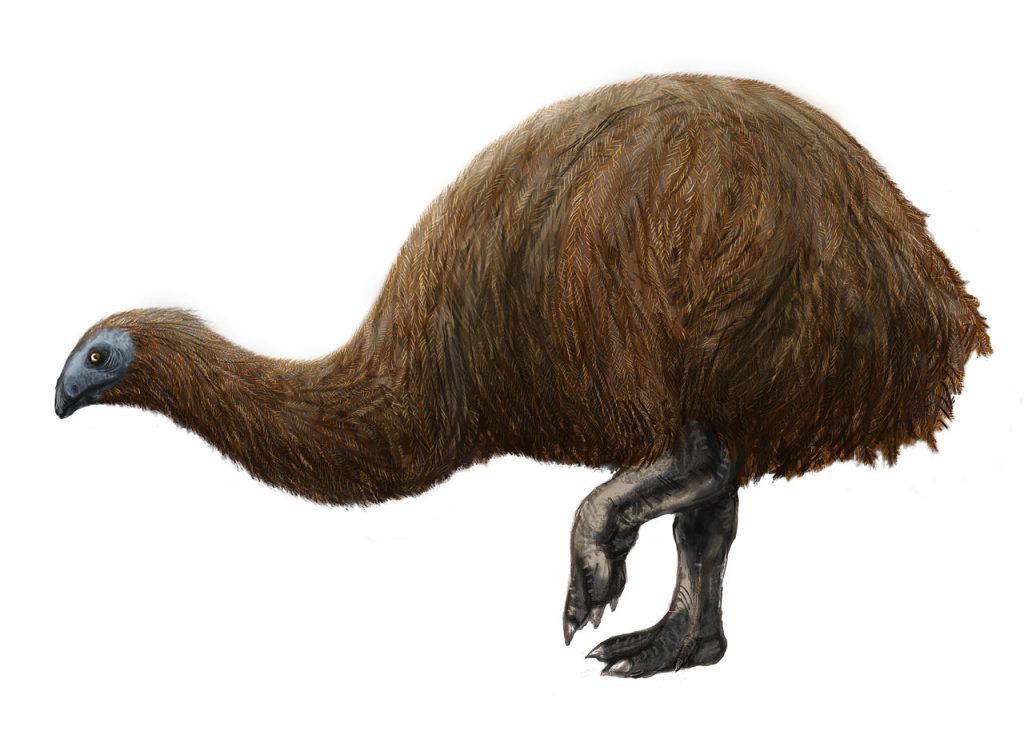
Miniaturization has played a pivotal role in bird evolution, with theropod dinosaurs shrinking over time to become conducive to flight. The rapid diminution suggests that smaller size was advantageous, potentially opening up new habitats and avenues for survival.
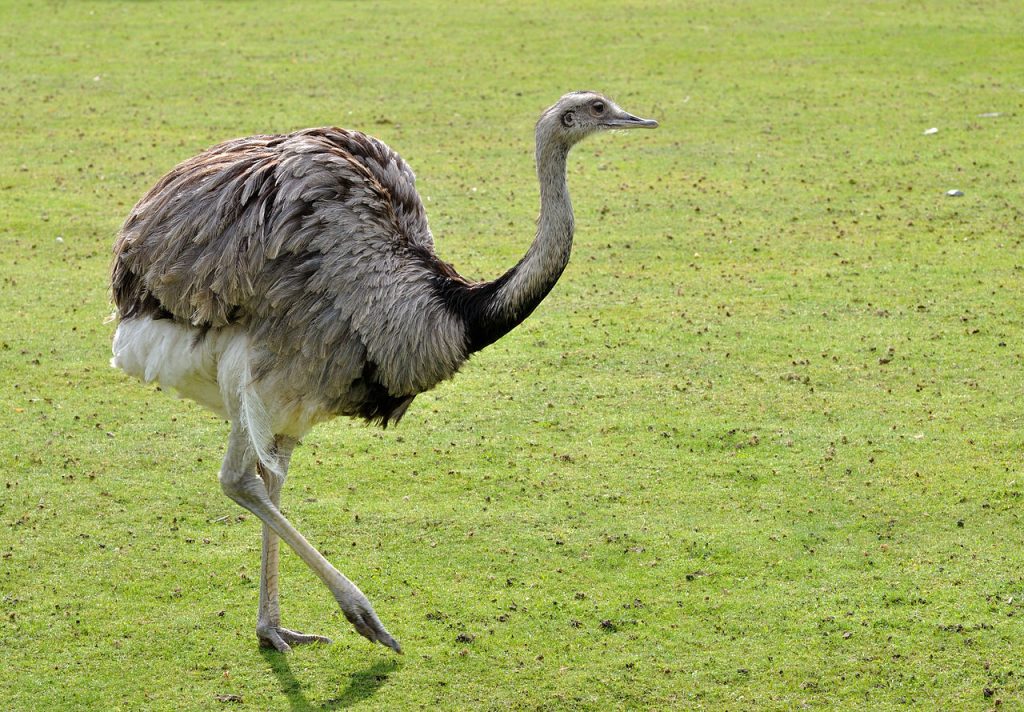
The removal of certain structures, like snouts, may have been instrumental for other critical developments, such as the beak. According to Arkhat Abzhanov, a biologist, “Modern birds evolved a pair of fingers on the face.”
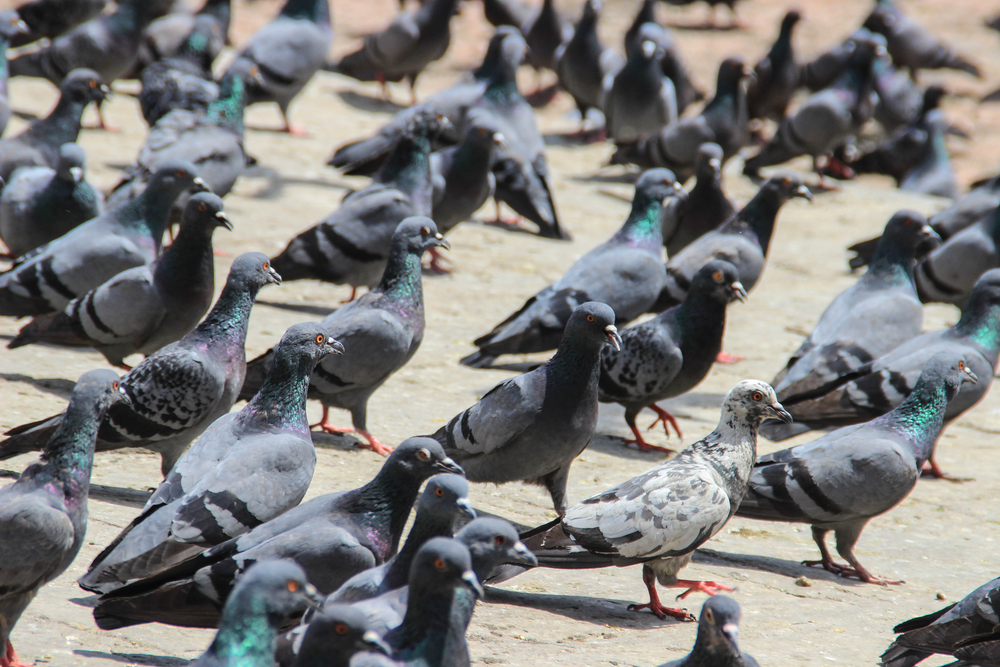
The study of a new dinosaur species, Wulong bohaiensis, or “the dancing dragon,” adds a layer of complexity to our understanding of the maturation of these creatures.
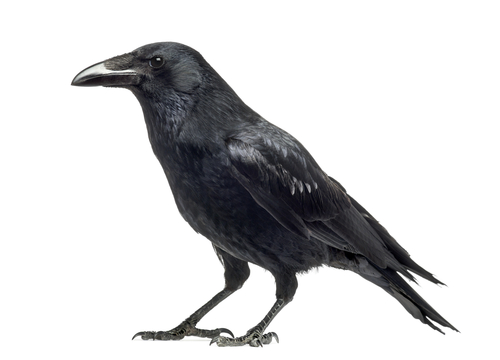
Ashley Poust, a postdoctoral researcher, says, “The specimen has feathers on its limbs and tail that we associate with adult birds, but it had other features that made us think it was a juvenile.” This finding indicates that dinosaurs may have developed mature-looking feathers before reaching adulthood, a stark contrast to modern birds.
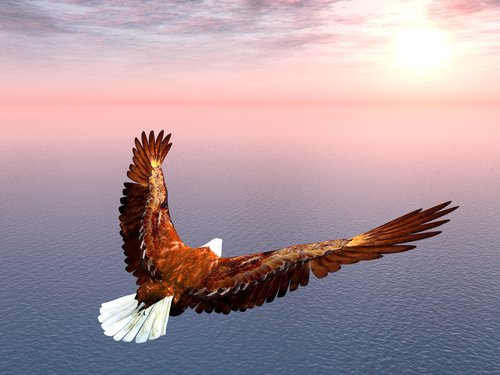
The Jehol biota, where Wulong was discovered, was a hotbed of feathered life, providing a unique window into the past. “There was a lot of flying, gliding, and flapping around these ancient lakes,” explains Poust.
Relevant articles:
– 125 million-year-old dinosaur feathers were remarkably similar to modern bird feathers, analysis reveals, Live Science, Sep 27, 2023
– How Dinosaurs Shrank and Became Birds, scientificamerican.com
– New feathered dinosaur shows dinosaurs grew up differently from birds, sciencedaily.com
– Dinosaur Feathers: Useful Adaptation, amnh.org
